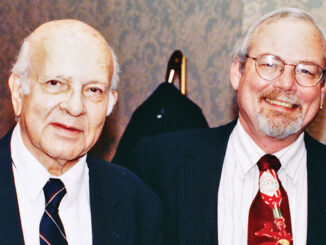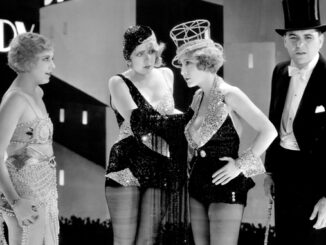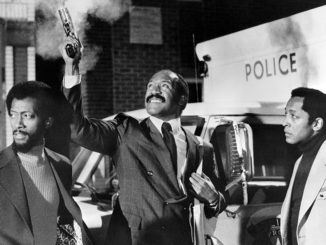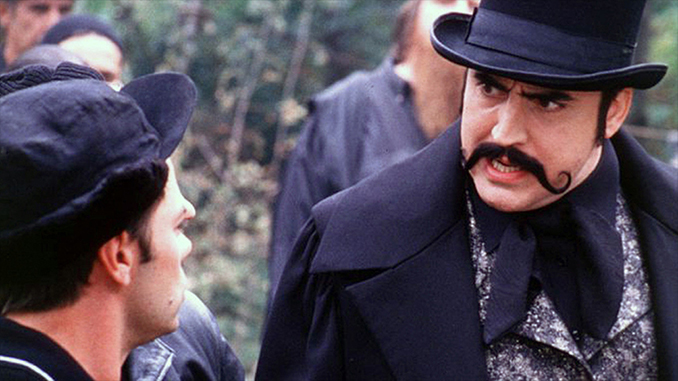
by Charles B. Unger
Picture Editor Don Brochu, sound effects supervisor Bruce Stambler and music editor Chris Ledesma joined forces for this fireside chat that focused on collaboration and the importance of sound. Picture editors now work with much more than a production track and their relationships with the sound and music departments have become critical.
Don described two approaches to sound in the picture editing process. He is now working with director Duwayne Dunham, one of the three co-editors of Return of the Jedi. Duwayne likes to cut silent and fill the tracks later. But Don also worked for Hal Ashby, another former editor, who told him to, “Treat track just like picture. It will help you in every instance. A bad track edit is just as bad as a bad picture edit.” Don now works both ways, depending on context.
Don began his education at CSUN and after graduation, got a job at a publishing company making picture books from current movies. His “first editing experience” involved choosing frames from release prints that visually told the film’s story. Later, writers would add dialogue and some narrative. Don said that he and his co-workers would run the film back and forth in the Moviola and study the film in order to “get into the editor’s head.”
He then introduced a clip from Blast from the Past. He had little time to cut the scene and felt that the material seemed “flat”. He used sound to make it bigger, adding an earthquake rumble, an explosion and familiar music, Richard Strauss’ “Also Sprach Zarathustra”. The audience applauded when they saw how powerful a single music cue and a few sound effects could be. Don added, “If you’re going to steal, then steal from the best. Get the best music you can find, even if you know that it will never end up in the final mix.”
Chris hates it when directors don’t have an opinion about his temp music.
He then showed two clips from Dudley Do-Right. In the first version, an Avid output, Snidely Whiplash addresses an audience in a hall and convinces them that Do-Right should die. The crowd agrees and chants, “Kill, Kill, Kill.” In the second, finished version, the town goes against Snidely and shouts “No, No, No.” The redirection of the scene was done mostly with sound. They added some off-screen shouts of “You’re wrong, that’s Dudley, he’s the good guy!” and the “Kill” chant turns into a “No” chant. Don explained, “Sound made that happen. I had the visuals but sound was the only way to turn this thing around.”
Don introduced his friend and colleague, Chris Ledesma, who’s worked with him on his last two features. Chris began his education at Cal Arts by studying composition. But after taking a UCLA extension course on film scoring, he decided to pursue music editing instead. He worked on many student films at Cal Arts and eventually landed a music editing job with Dan Carlin, Jr., as an apprentice.
Chris described his career as, “Being in the right place at the right time. It’s better to be lucky than good, which is my motto. It has not been lost on me how lucky I’ve been to be at certain places at certain times in my life.” He described how on one lucky day he got an offer from Skip Lusk to work on the Tracy Ulman show. They didn’t have much money for music editing but Skip promised him, “If you’ll do Tracy this season for a little less, then you can do this new cartoon show for a little more and it will come out even in the end.”
Chris did 12 episodes of Tracy and then started the cartoon show. The first episode aired on a Sunday night in 1990 and on Monday morning he got a call, “Big numbers, the Fox executives are ecstatic and they’ve renewed the show for two years.” The result, Chris added, was that, “Since that time, I’ve done 60 TV movies, a couple of dozen features and mini-series. I owe a great deal of debt and gratitude to Bart Simpson. He’s carried my family and me for 12 years.” He described the process of recording one of the show’s performance pieces using several versions of a song that parodied Mary Poppins. First, the writers show their lyrics to the composer and he goes off and writes the music. Then they record it with a small combo band and professional singers working to a click track. Copies of this recording are sent to the actors so they can learn the songs. When the actors are ready, they re-record the lyrics and replace the professional singers. The recording is then sent to the animators who work on it for about six months. When the animation comes back, they replace the combo band with the orchestra and take it to the final mix. Showing the finished picture scene, Chris pointed out that the temp music kept evolving all the way up to the final mix.
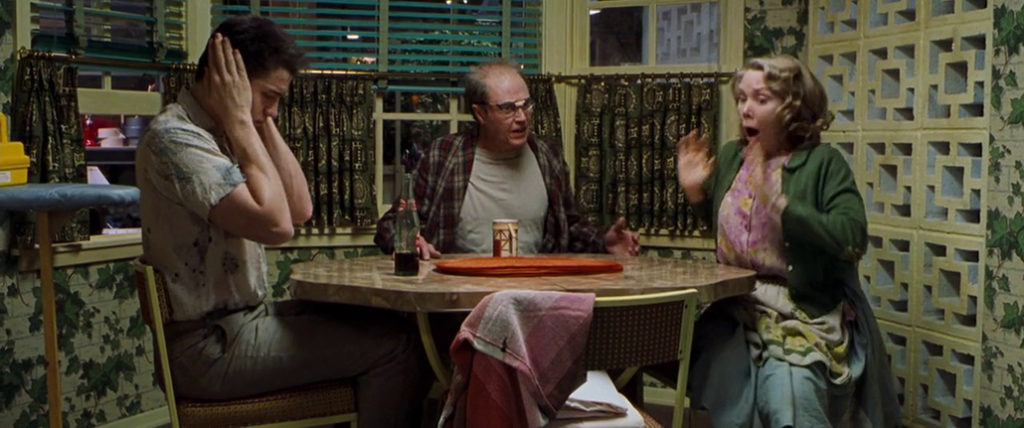
Bruce Stambler, a supervising sound editor at Sound Storm, joined the conversation and added that he gives Don temp effects and tracks to use in the Avid. Directors tend to fall in love with this material but it’s rarely prepped for the final mix. For this reason, Don now outputs all his Avid tracks to DA88 and brings them to the mix. Don talked about how complicated this can get in the Avid, where it’s now necessary to keep 6 or 8 tracks in sync. “It was simpler in the old days when you just had dialogue and everybody knew that there was going to be music here and sound effects there and you just waited for that to happen. You dealt with picture as picture. Now you deal with it all.” Chris added that he hates it when directors don’t have an opinion about his temp music. “I hope the director hates or loves the temp track – either is a good thing.”
The discussion stressed collaboration and ended on a positive note with each editor expressing their love of the job they do. Bruce said, “Like Chris, I feel very lucky. One of the fun things about my job is that I get to listen to sounds all day.” Chris has enjoyed working with the best musicians and making his living listening to great music. Don concluded, “I think we should be grateful for what we do, I know I am.”


